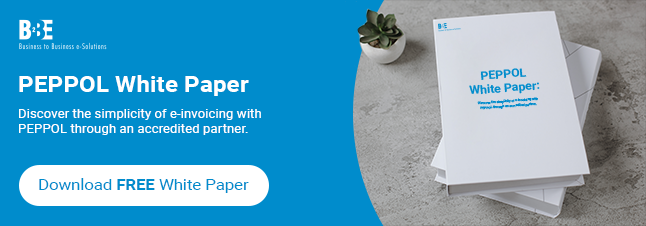In this article, we outline some frequently asked questions about PEPPOL.
What is PEPPOL?
PEPPOL enables government and private companies to exchange electronic documents over a European wide network. It enables access to its standard-based IT Transport Infrastructure through access points providing services such as e-Procurement within electronic document formats.
The purpose of PEPPOL is to enable electronic communication between businesses and European government institutions in the procurement process which increases efficiency and reduces costs.
The IT Transport Infrastructure has been designed to interconnect networks and bond individual e-Business islands within Europe.
What does PEPPOL stand for?
PEPPOL stands for Pan European Public Procurement On-Line. It is an EDI protocol that is designed to simplify the purchase-to-pay process between suppliers and government bodies.
In simple terms, it assists electronic ordering, invoicing, and shipping between private companies and government bodies. It is a set of open technical specifications that aid interoperability and trades between connected parties. A connection to the PEPPOL network is via a PEPPOL access point which is a service provided by an e-procurement and e-invoicing solution provider.
What are PEPPOL Access Points?
The PEPPOL network enables access to its network through accredited Access Points. Organizations on this network are able to become a PEPPOL Access Point as long as they meet the published specifications. Access Points are classed as multi-lateral and therefore connections only need one connection to PEPPOL.
Learn About the PEPPOL First Steps
Access Points are informed that there will be no roaming charges between access points. This means whilst you pay for a service from your existing service provider, therefore when connecting to a customer who uses another service provider meaning neither side can charge fees for the connection.
What does the PEPPOL Process Entail?
To assist the tendering phase PEPPOL offers a three-step option along the Procure-to-Pay process:
- Validation of e-Signatures based on electronic certificates issued by authorities—these offer identity security within the network.
- Virtual Company Dossier (VCD) supports suppliers by gathering evidence (e.g. company information, certificates, attestations).
- e-Catalogue lastly allows suppliers to submit data about goods or services offered and may be used by contracting authorities to source or obtain product or pricing details.
To support the purchasing phase, there are an additional three steps along the P2P process:
- The e-Catalogue allowing buyers to select goods/services that have been described by suppliers in the tendering phase.
- e-Ordering and e-Invoicing allow the purchasing of these goods and services using secure procedures that may include order changes –e.g. cancellation or shipping advice.
- The Transport Infrastructure itself is based on common IT compatible standards and is governed by a clear set of rules under the PEPPOL Transport Infrastructure Agreement
Learn more about B2BE’s PEPPOL Access Point solution.
About B2BE
B2BE delivers electronic supply chain solutions globally, helping organisations to better manage their supply chain processes, providing greater levels of visibility, auditability and control. We’re driven by a passion for what we do, inspired by innovation, and underpinned by a wealth of knowledge. With over 20+ years of experience, the B2BE teams operate worldwide.
For more information, visit www.b2be.com.

